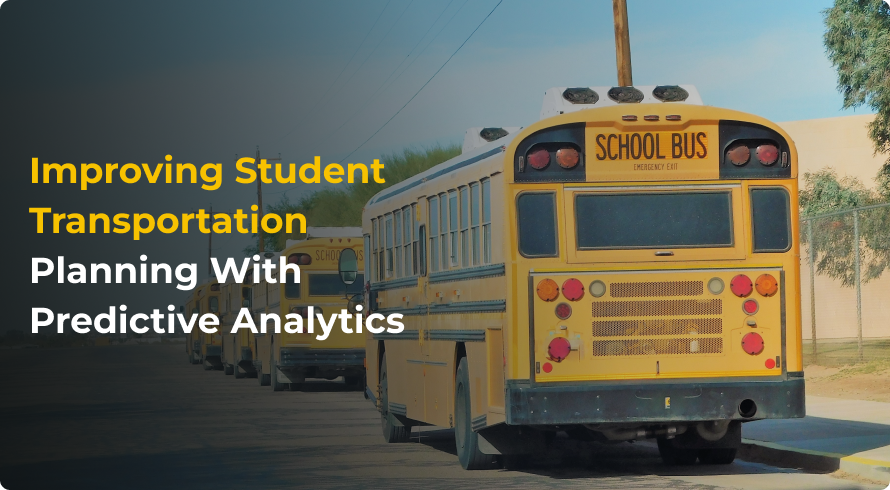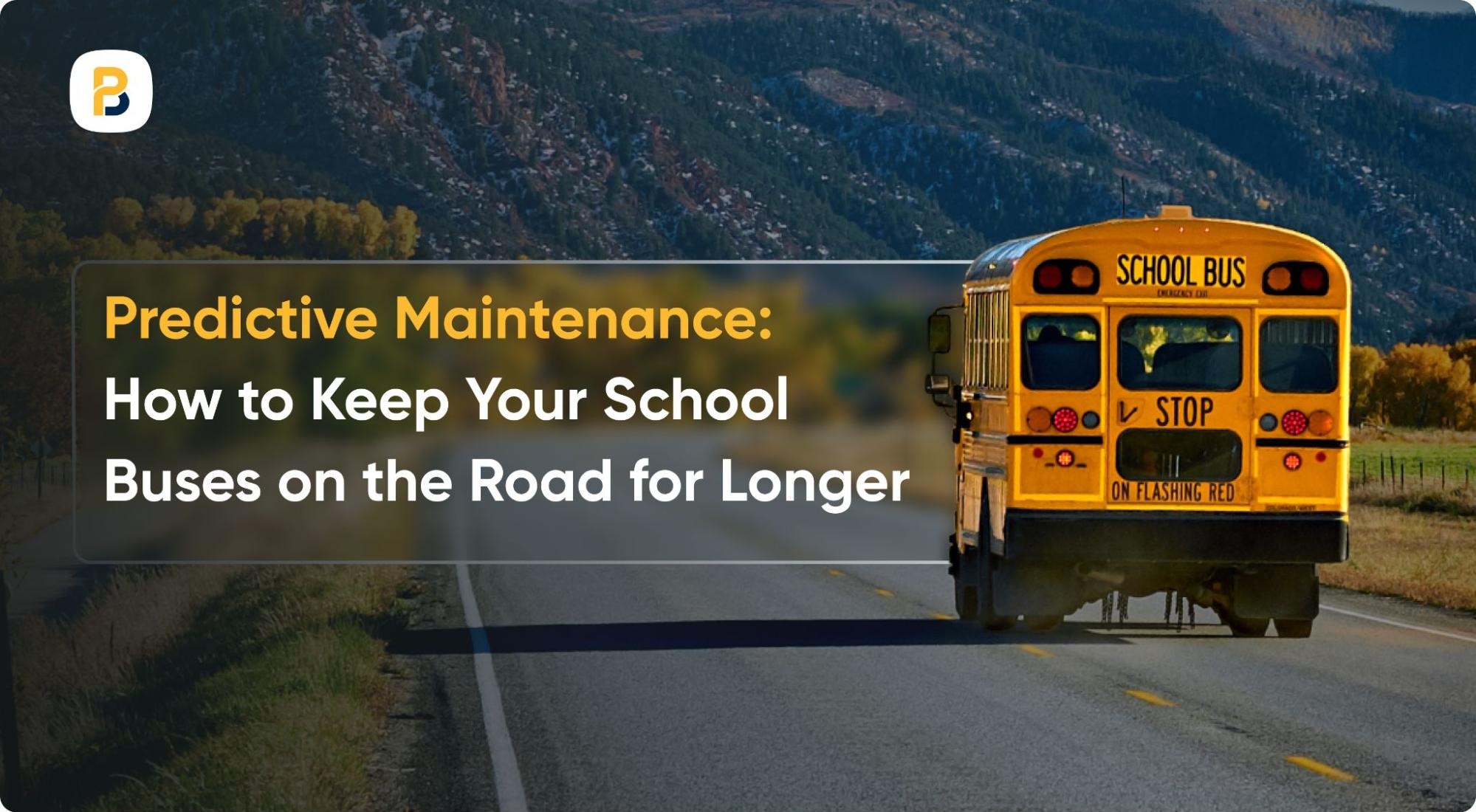With fluctuating student transportation demands, unpredictable traffic patterns, and ongoing driver shortages, ensuring smooth, cost-effective transportation is no easy task. Transportation managers often face the challenge of dealing with issues like inefficient routes, higher-than-expected transportation costs, and unnecessary delays.
But how can student transportation managers predict and prevent these issues before they even happen? The answer is predictive analytics, i.e., the use of data to forecast future outcomes. By leveraging real-time data and historical trends, school districts can improve efficiency, reduce costs, and enhance student safety.
Cost Optimization
With the ongoing inflation and rising fuel costs, school districts face increasing budget constraints. This makes cost optimization a top priority. Financial analytics enables transportation managers to:
- Assess Operational Expenses: Analyze expenditures on fuel, maintenance, driver wages, and other logistics to identify inefficiencies.
- Identify Cost-Saving Opportunities: Predictive models help uncover potential areas for savings, such as reducing redundant routes, optimizing fuel usage, and managing vehicle lifecycles more effectively
- Improve Resource Allocation: Schools can use data insights to distribute funds more efficiently, ensuring that high-priority transportation needs are met without unnecessary spending.
Route Optimization

Inefficient routes lead to increased fuel costs, longer travel times, and student dissatisfaction. Predictive analytics helps streamline route planning by considering real-time traffic data, weather conditions, and student pickup/drop-off locations.
Advanced algorithms can determine the shortest, safest, and most efficient routes, allowing transportation managers to:
- Reduce Stops: AI-driven mapping tools help eliminate redundant or inefficient bus stops, reducing travel time.
- Adapting to Real-Time Conditions: Continuously adjust routes based on live traffic updates, accidents, and road closures.
- Minimize Ride Times: Shorter, more efficient routes mean reduced wait times for students, leading to increased satisfaction for both students and parents.
Reducing Slack Time
Slack time often results in unnecessary idle times, delays, and inefficiencies. This can lead to increased operational costs, student wait times, and lower overall efficiency.
Predictive analytics helps reduce slack time by:
- Accurately Forecasting Delays: Using real-time traffic data and historical patterns, predictive analytics can anticipate bottlenecks and adjust schedules accordingly.
- Optimizing Bus Departure/Arrival Times: AI-powered scheduling tools help ensure buses depart and arrive at optimal times, reducing unnecessary waiting periods.
- Minimizing Idle Time: By integrating GPS tracking and real-time data analysis, transportation planners can create precise schedules that reduce bus idling and improve efficiency.
Enhancing Safety and Reliability
Beyond cost and efficiency, student safety remains a top priority for school districts. Poor road conditions, unexpected weather changes, and driver fatigue can all contribute to safety risks. With predictive analytics, districts can anticipate and prevent potential problems before they arise. It enables the districts to:
- Reduce the Possibility of Accidents: Identify high-risk areas based on weather and past accident data, enabling districts to adjust routes accordingly.
- Make the Bus Environment Safer: Monitor driver behavior and performance to ensure students have a good travel experience.
- Ensure Vehicle Reliability: Tracking vehicle performance and predictive vehicle maintenance can help prevent potential safety hazards, ensuring a secure and reliable transportation system.
The Way Forward

The future of student transportation lies in proactive, data-driven decision-making. With continued advancements in AI and machine learning, predictive analytics will become even more powerful. From real-time traffic rerouting to automated fleet management, the next generation of student transportation will be defined by efficiency and enhanced safety measures.
By investing in predictive analytics systems, school districts can ensure that transportation evolves alongside technological advancements, benefiting all stakeholders in the student transportation industry.
To learn how you can integrate predictive analytics to enhance your transportation operations, please contact BusPlanner.







